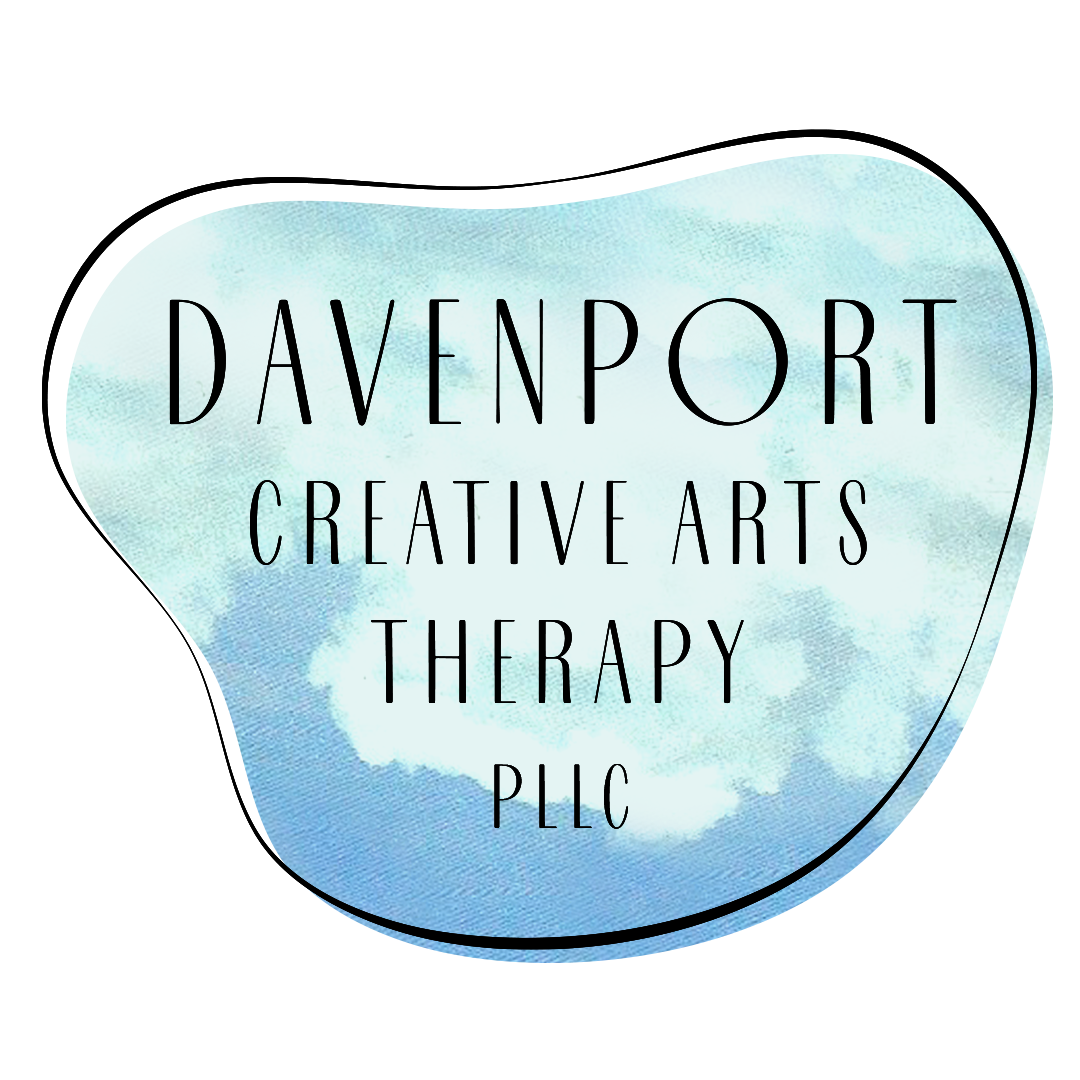Navigating the holidays with C-PTSD
All forms of trauma have commonalities in that they leave people feeling unsafe. However, not all traumatic experiences lead to a diagnosis of Post Traumatic Stress Disorder (PTSD) or Complex Post Traumatic Stress Disorder (C-PTSD). PTSD and C-PTSD is determined not by the “severity” of the incident(s), but by the unique experience of the individual, paired with how long the traumatic response continues. Responses to traumatic events can impact our emotional, psychological, spiritual, and physical self. Fear, helplessness, anger, shame, and guilt, are common experiences of those living in the aftermath of traumatic events.
What’s the Difference Between PTSD and C-PTSD?
Although there are similarities between the two in terms of symptoms, PTSD usually occurs after a single traumatic event within a brief period of time whereas C-PTSD is usually associated with ongoing repeated trauma over a “long” period of time (think months or years). People with C-PTSD often have most of the symptoms of PTSD paired with difficulty controlling emotions, skewed sense of self-worth, and interpersonal problems (problems with trust and relationships.)
C-PTSD is more likely if trauma:
Occurred at an early age
Was inflicted by someone close to you, who you trusted
Was inflicted by someone who you continued to see on a regular basis
Recurred or repeated for months, or even years
How can living with C-PTSD affect your holidays?
The holiday season can feel joyful and exciting, as well as difficult and stressful. Since C-PTSD often affects the sense of self, interpersonal relationships, and emotion regulation, people experiencing C-PTSD can feel a heightened sense of stress during this time of year. Many holiday traditions are rooted in family gatherings, expectations for closeness (as well as internalized expectations). If you’re living with C-PTSD, you may feel more disconnected, triggered, hypervigilant, or you may have trouble upholding boundaries around the holidays.
This can partly be caused by internalized expectations to feel “happy” around the holidays. The incongruence between how you actually feel and how you think you should feel can make it more difficult to regulate emotions. Guilt and shame may be particularly prevalent, and the pressure to gather can affect your daily routine. Hence, the holidays may be a particularly vulnerable time for some who are experiencing C-PTSD. However, navigating the holidays with C-PTSD is possible. Below are a few simple steps on how to effectively cope.
Ways that you can navigate the holidays with C-PTSD
Set realistic expectations and validate your experiences- You can’t change other people. However, you can change how you respond to them. Don’t expect family members, friends, or co-workers to change. Validate the heck out of your emotions and experiences. It’s okay to not feel happy all of the time. It’s okay to only give 50% of your energy and time. It’s okay to honor your feelings and needs. Shift your mindset from ‘what do I need to act like’ to ‘what do I need in order to feel emotionally safe.’ Take a look at the expectations that you’re setting for yourself- are they serving you? Do they need to be adjusted?
Set Boundaries- You don’t need to interact more than you want to. There may be certain topics that you are uncomfortable speaking about. That’s okay. It can be hard to set boundaries, so do what works for you, even if it's avoidance. Lots of trips to the bathroom, walks, errands, changing topics, choosing not to respond, or alone time to re-set is A-okay. Remember when Clarck Griswald spent most of this Christmas outside decorating the house with lights?
Stay connected- Check in with yourself. Ask yourself how you feel in your body? Under increased stress, you can take small steps to ground yourself and stay present. Count colors you see around the room, feel your feet on the ground, or take 3 slow deep belly breaths. Moving your body, stretching, eating something sour may also help ground you in the present moment. Notice the scents in the room. Focus your attention on ways to regulate and soothe intense emotions. Sip on hot decaf tea. You can even try sitting on the ground instead of a couch.
Resist (or notice) comparisons- Notice if you are comparing your experience to the ‘perceived’ experiences of others. There’s no such thing as ‘normal’ or ‘perfect’ holiday time. There is no ‘right’ or ‘wrong’ way to spend the holidays. Normalize the fact that many people struggle over the holidays. Normalize the fact that there are many different ways to celebrate and that’s okay. Whether it’s with your family or origin, your chosen family, friends, or pets, however you choose to spend the holidays is okay and valid.
Reach out- Surround yourself with support from people who you trust (and make you feel good about yourself). Whether it’s scheduling an extra therapy appointment, joining a support group, or having lunch (or a call) with your best friend, it’s okay to reach out for help.
Looking for support with C-PTSD?
At Davenport Creative Arts Therapy, we offer holistic treatment for C-PTSD by infusing Art Therapy with modalities such as EMDR, CBT and DBT Skills. Why Art Therapy? Oftentimes, we need more than words to heal and sometimes, we don’t have the words to describe what we’ve been experiencing. This is where art therapy can be very helpful. Unraveling the complexities of C-PTSD can feel overwhelming. Art Therapy can provide a safe contained space to process unprocessed trauma and externalize what some of us hold inside of us. Art can also act as a means to rebuild a sense of self and build confidence and self-compassion. Click here to learn how art therapy can help with PTSD and C-PTSD. Our trauma-informed Art Therapists offer therapy for C-PTSD using a variety of techniques and offer free consults.
